Dry Spell or Not, Get Soaker Hoses

You are not still out there hand-watering plants, are you? Don’t you feel like a dope? Because you are wasting water. You are watering the leaves, not the roots. You are also wasting time.
What you should be doing is laying down soaker hoses, either that or grow plants that do well in a drought.
Buying a set of soaker hoses can cost from $59 to $275, depending on the size and location of your garden. It’s your choice. But you will save time and you might even save money.
Have you seen your municipal water bill lately? Are you worried about your well running dry? Do you really use the time you spend watering enjoying nature?
Ok, let’s talk about it. Soaker systems put the water where it is needed, down at the roots. Even sprinkler systems waste water. Rain Bird sprinklers make a nice sound as they click along. You might see a rainbow. They might please neighborhood children. But they are watering the air.
Soaker hoses. We are talking only about hoses and not the flat, inexpensive plastic strips you can buy at a hardware store. Those will work for small areas, but will lose water pressure after 25 feet. They cannot be run around corners. In other words, they are not very useful or durable.
The Best Soaker Hoses
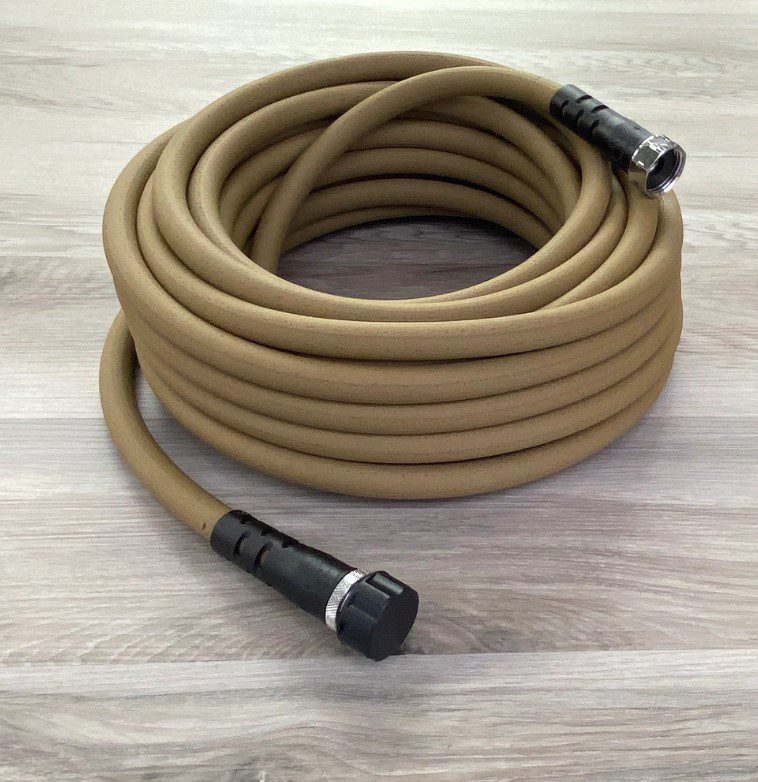
Popular Mechanics says a 25-foot long Water Right (1/2″ diameter) 700 Series polyurethane soaker hose is the best overall– if you can find it. It costs $59.95. We’ll do the math: if your garden is 25-feet long by 20-feet wide, you will need four of them, plus a regular hose running from the garden to your spigot. That’s a $240 investment, but how much have you spent on your plants?
And how much is your time worth? The hoses will last for years, if you take them up, clean them off and store them properly. No dry rot.
It can be difficult to keep round hoses in place when they are going around corners. Sturdy plastic pegs will help anchor them and keep them from shifting, without risking a puncture. These Filan stakes are perfect for the job. A package of 28 can be enlisted for all kinds of garden jobs, for $14.95.
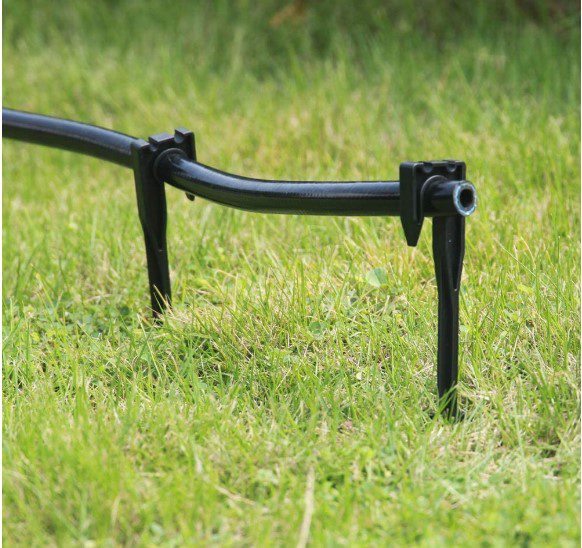
Don’t use metal garden staples for the job because they might puncture the hose. Worse is the damage you might do with a pitch fork or hoe. It goes without saying, avoid walking on them in spiked shoes. Additional holes change the water pressure, especially at the end of the line.
Turn the hoses on in the morning or, better, in the cool of the evening. That way, the water has overnight to soak into the ground.
How long you leave it on depends on your soil. Check to see when it feels moist down to an inch. Do it at the end of the hose line.
Water again when the soil is dry an inch deep.
Bugarden is oa hill. A soaker hose isn’t going to work. Then you need a drip system, with a pressurizer, not a soaker system.

Gardener’s Supply Catalog has a sophisticated looking system called Snip and Drip. Don’t be fooled. Even though this $59.95 system looks like a fancy drip rig, with 100 feet of plastic (PVC) 1/2 inch hose, plus 25 feet of ½ inch garden hose for between rows, a faucet adapter, a number of couplers (hose, faucet, three-way), and four end plugs — it is still a soaker system. It contains everything except the ground staples, which can be bought separately, and which stabilize the soaker hoses. The copy says it can be set up in an hour. We suggest letting teenagers do it.
And now for:
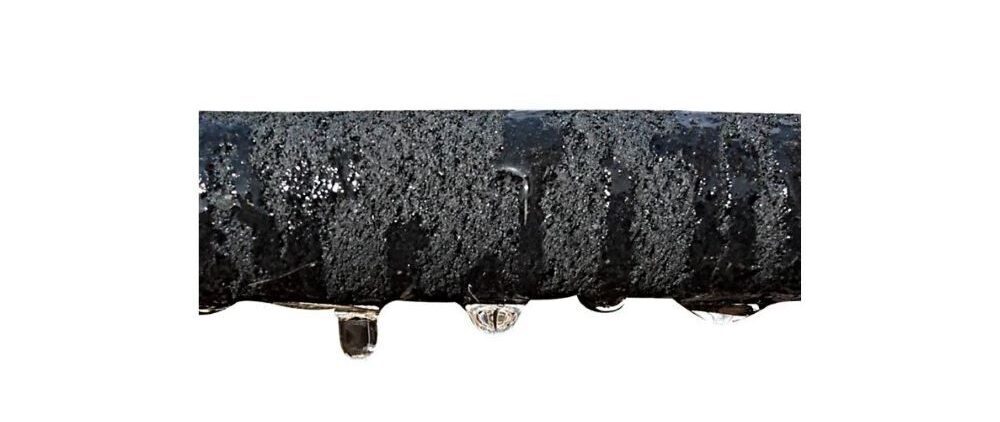
The Professional Series Soaker Hose
It weighs 60 pounds. Can’t handle it? Don’t buy it. It is 250 feet long, and is a full inch in diameter, rather than a 1/2 inch. That’s how the water gets to the end of 250 feet.
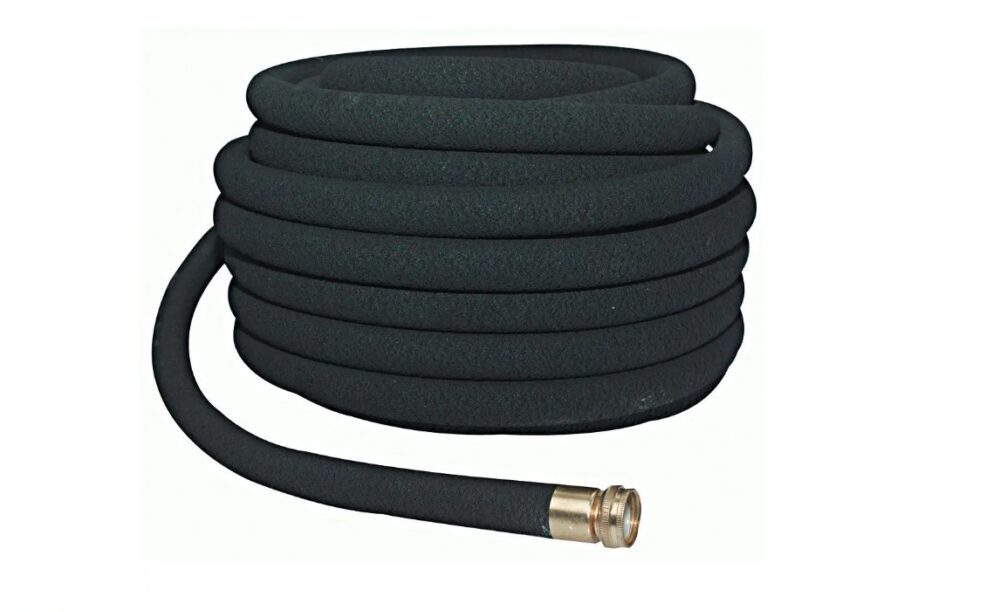
Obviously, your water system needs enough psi to push water out into the professional series hose. You might want to consult a professional about whether your household can support the demands this system will put on your water supply.
What are you growing? A cash crop? In that case, this is a business expense.
It will definitely make you feel like a fireman to lug this hose, which comes with brass fittings, around. The price, $275.46, may make you gasp, but remember, this is the full 125 feet. You will not be piecing four or five soaker hoses together.
And the rate of flow cannot be matched. Because of the hose’s extra diameter, you will be watering twice as fast.
The manufacturer suggests running the hose down the middle of 16-inch aisles. There are various brass couplers for cutting, repairing and dividing up the hose.
Top of the line, baby.
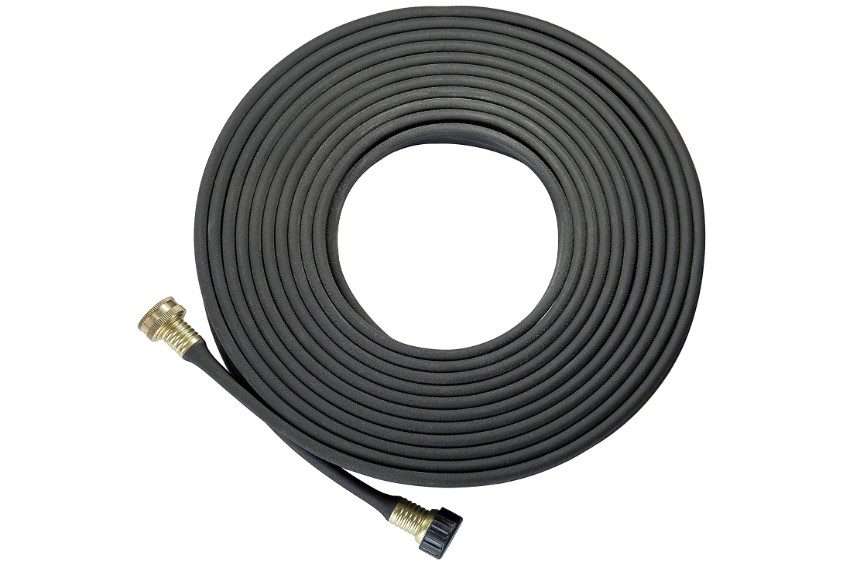
— Linda Lee
Linda Lee is a former writer and editor at The New York Times
